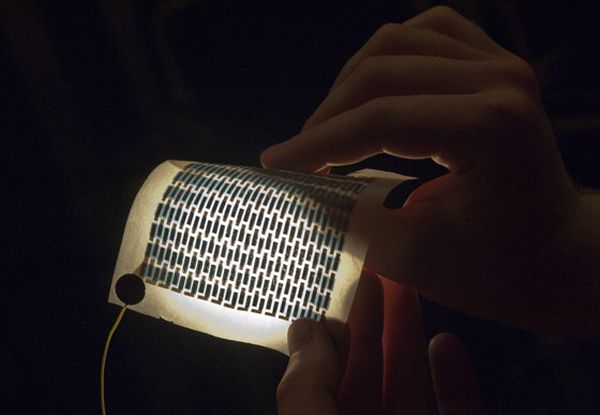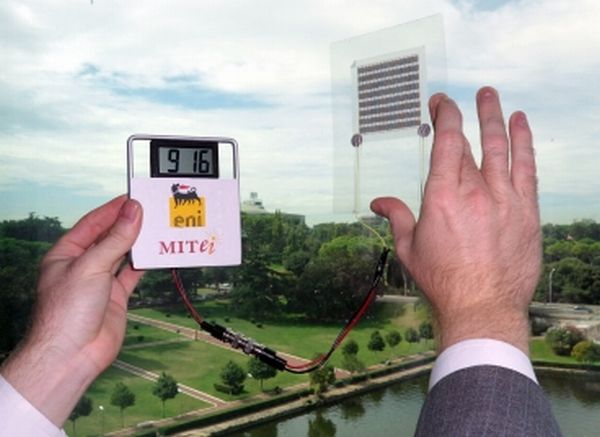
A team of researchers at MIT have developed an advanced technology that enables printing of solar cells on sheets of paper. The ink deposited on the paper is the magic ingredient that transforms ordinary paper into electricity generating solar cells. The process of printing is extremely simple and cost effective, not too different from regular inkjet printing.
 This new technology marks a deviation from the earlier methods of solar cell creation where substrates had to be exposed to severe conditions like liquids or high temperatures. Instead of liquids, the new technique uses vapors and the temperature used is lower than 120 degrees Celsius which is not too harsh on the substrate. The gentleness of this technique enables the use of untreated substrates like cloth, plastic and paper for solar cell creation.
This new technology marks a deviation from the earlier methods of solar cell creation where substrates had to be exposed to severe conditions like liquids or high temperatures. Instead of liquids, the new technique uses vapors and the temperature used is lower than 120 degrees Celsius which is not too harsh on the substrate. The gentleness of this technique enables the use of untreated substrates like cloth, plastic and paper for solar cell creation.
The printing of photovoltaic cells on paper is a meticulous process which involves five layers of material being successively deposited on a single sheet of paper to create a cell pattern on the surface. Also the process must necessarily take place in a vacuum chamber. This technology functions even when an airplane is made out of the paper containing the solar cells. Researchers also elaborated that no significant performance loss was observed when solar cells printed on thin PET plastic sheets were folded and unfolded 1000 times. This shows that the new technology is far superior to the one used commercially where solar cells on the same material fail to perform after a single fold.
The paper/plastic substrates used by this technique are considerably thinner than the usual glass substrates. Thus it is possible to fabricate scalable solar cells which capable of producing extremely high watts per kilogram. There are several technological applications of this kind of product especially in distant locations where number of cells being delivered per load makes a considerable difference.
The team at MIT has left no stone unturned in fool proofing the device. They have demonstrated that the device is functional even when laser printing is done on top of a completed photovoltaic surface. The shelf life of the product was also demonstrated by operating the solar cells produced in previous years. In conventional solar cells the cost of secondary elements like substrate, supporting structure and installation costs are higher than the actual cost of cells. The use of this technique can help reduce cost of solar installations like window shades, wallpapers drastically.
Via: MIT




